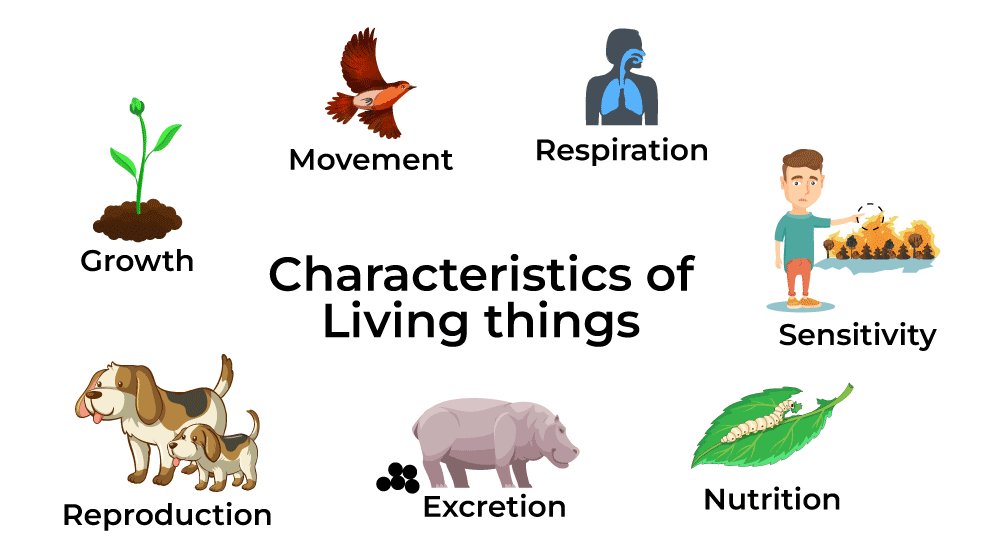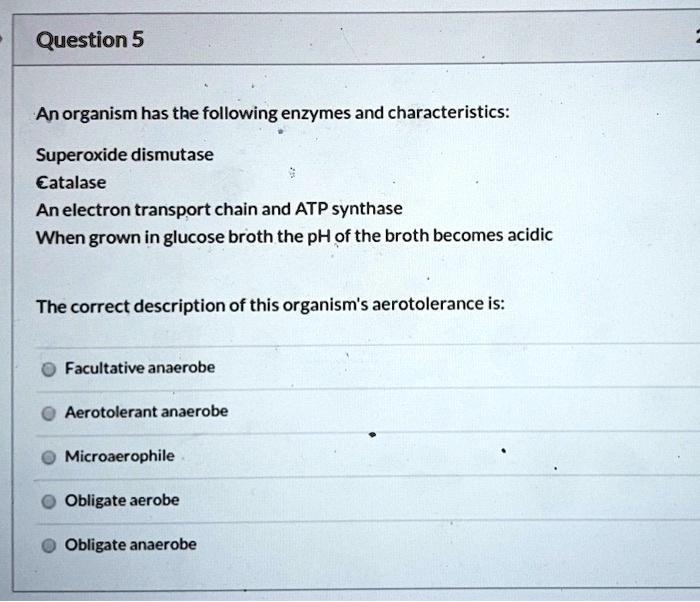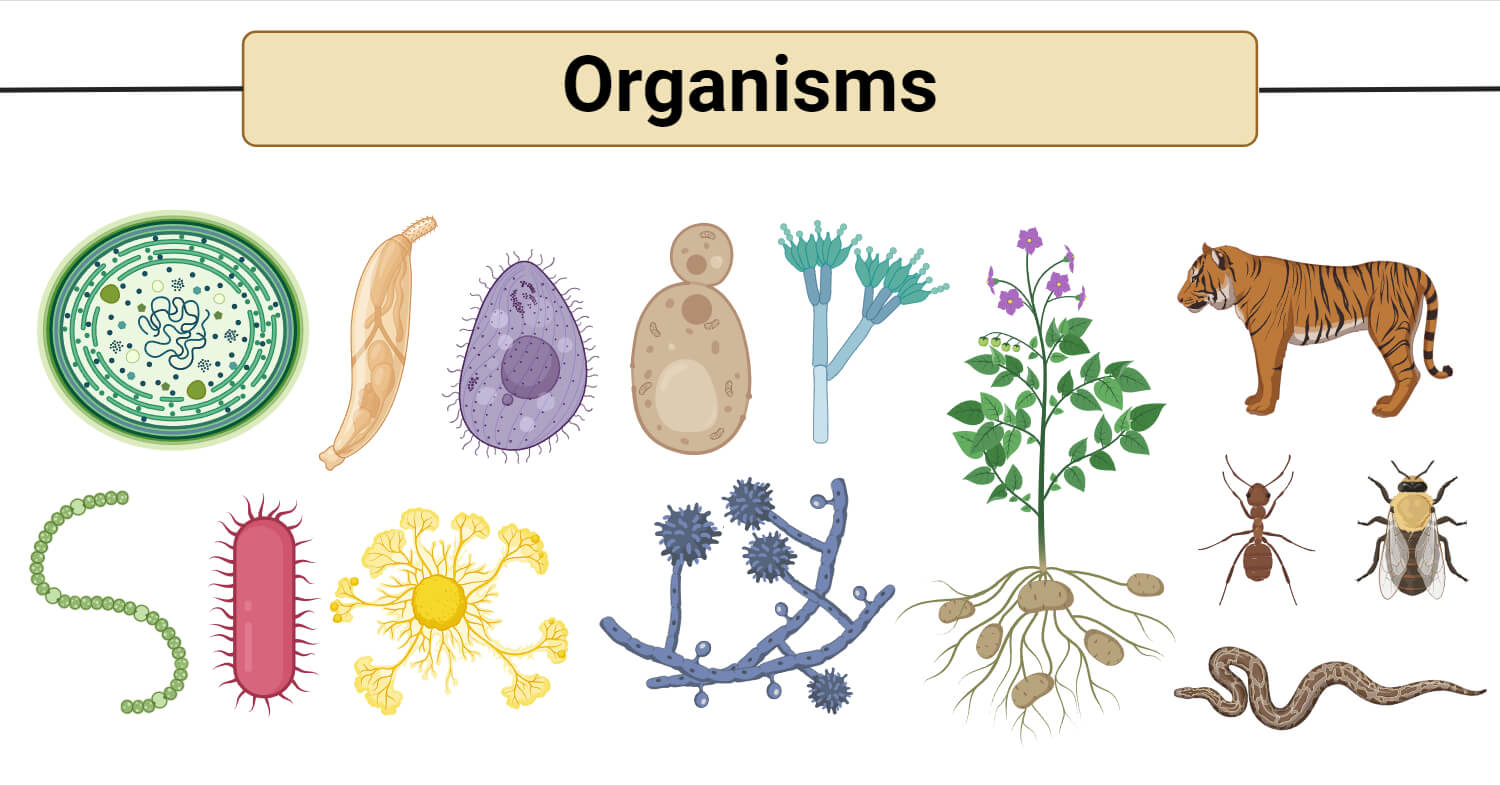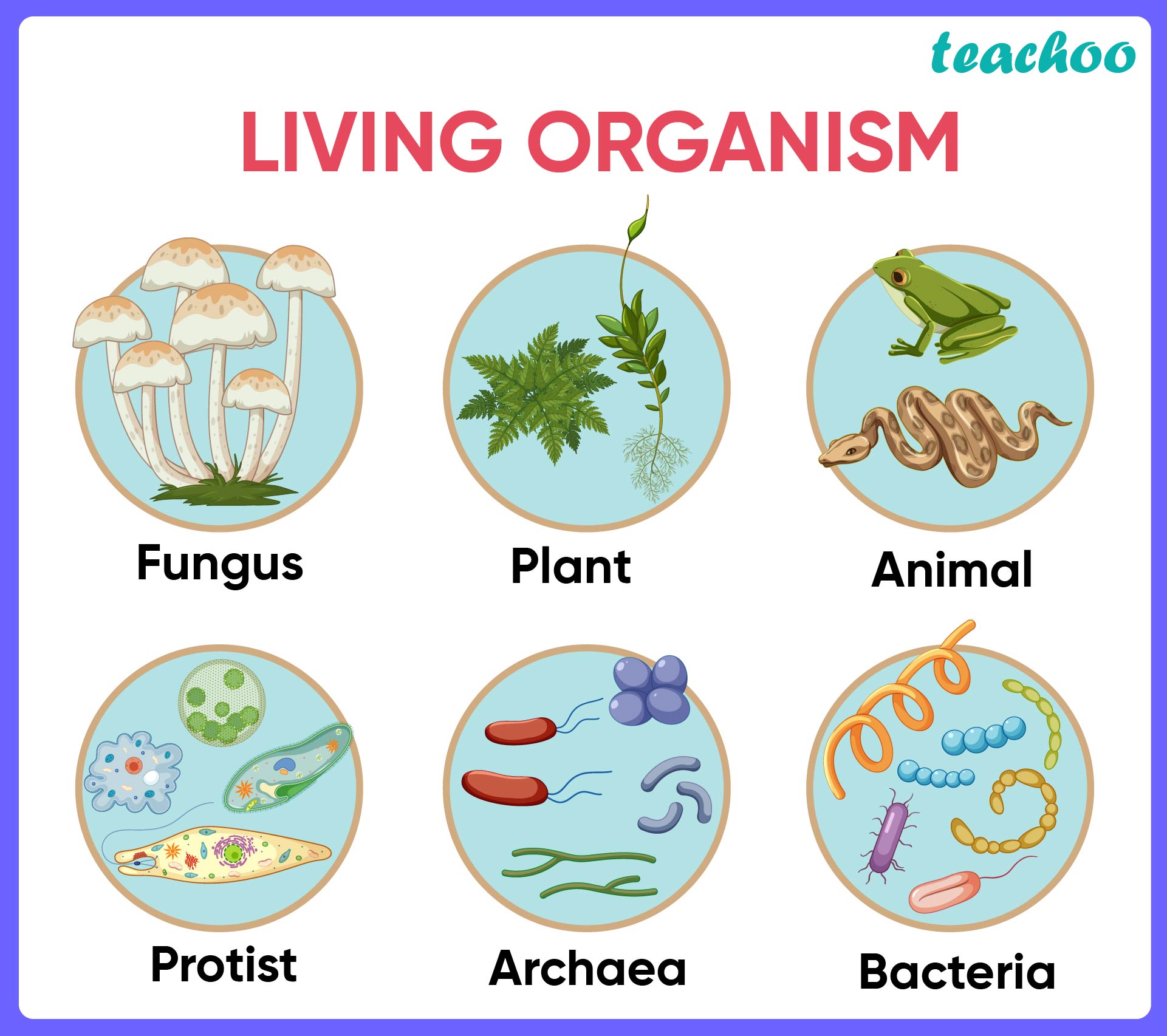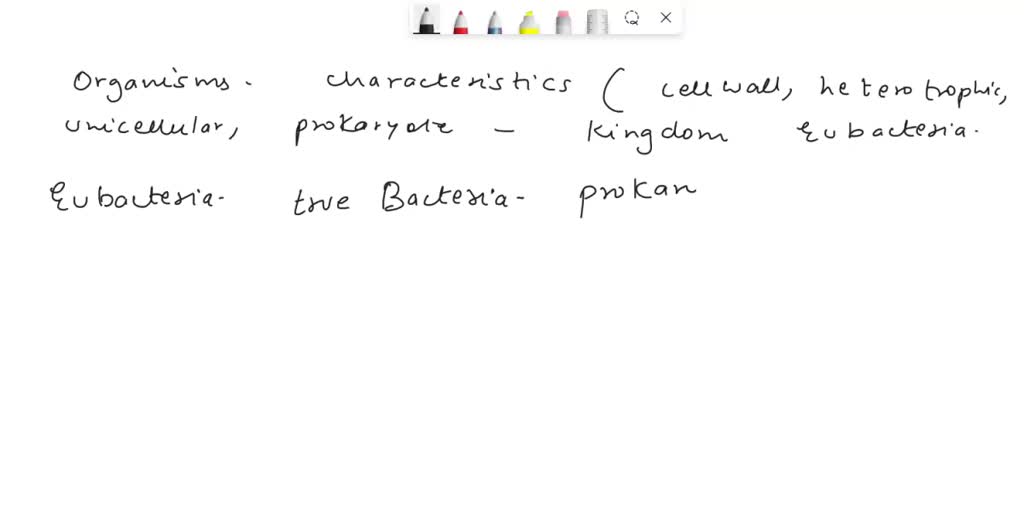An Organism Has The Following Characteristics

Imagine a bioluminescent glow shimmering deep within the unexplored crevices of the Mariana Trench. Not a known fish, not a familiar jellyfish, but something else entirely. Something...new. A team of marine biologists recently announced the discovery of an organism exhibiting a suite of characteristics so unique, it's rewriting textbooks and sparking a wave of excitement across the scientific community.
This remarkable finding, still officially unnamed, presents a profound shift in our understanding of life’s potential. Possessing traits previously thought mutually exclusive, the organism challenges conventional biological classifications. It has researchers scrambling to decipher its origins and ecological role, with the potential to unlock secrets about adaptation, evolution, and the very limits of life itself.
The Discovery
The organism was initially detected during a remotely operated vehicle (ROV) expedition funded by the National Oceanic and Atmospheric Administration (NOAA). The ROV, equipped with high-definition cameras and advanced sensors, was exploring a hydrothermal vent field at a depth of approximately 7,500 meters. The initial images were blurry, indistinct, but intriguing enough to warrant further investigation.
Dr. Aris Thorne, the lead marine biologist on the expedition, recounts the moment they realized they were seeing something extraordinary. "We initially thought it was some sort of unusual mineral deposit," he explained in a press conference. "But then it moved."
Unique Characteristics
The organism displays a perplexing combination of features. It exhibits bioluminescence, emitting a soft, pulsating blue light. This is not entirely unusual for deep-sea creatures, but the intensity and pattern of the light are unlike anything previously observed.
Its structure is even more peculiar. It appears to be composed of a gelatinous matrix, similar to a jellyfish, but with a rigid internal framework. This framework, preliminary analyses suggest, is made of a novel biomineral, unlike any previously identified.
Perhaps the most astonishing characteristic is its mode of nutrient acquisition. The organism appears to be capable of both chemosynthesis, deriving energy from chemical reactions in the hydrothermal vent fluid, and photosynthesis, utilizing the faint light filtering down from the surface. This dual capability is virtually unheard of in the animal kingdom.
Background and Significance
The deep sea remains one of the least explored environments on Earth. It is a realm of extreme pressure, perpetual darkness, and limited resources. This makes it a breeding ground for evolutionary innovation, where organisms are forced to adapt in unconventional ways.
The discovery of this organism underscores the vastness of what remains unknown about our planet. It serves as a potent reminder that the boundaries of life are far more flexible and adaptable than previously imagined. Each new discovery in extreme environments like the deep sea offers valuable insights into the fundamental processes of life.
This particular organism's ability to perform both chemosynthesis and photosynthesis raises fascinating questions about its evolutionary history. Did it evolve from a chemosynthetic ancestor that later acquired photosynthetic capabilities, or vice versa? Understanding this evolutionary trajectory could shed light on the origins of these critical metabolic pathways.
Implications for Science
The implications of this discovery extend beyond marine biology. The novel biomineral found within the organism's framework could have applications in materials science. It could potentially inspire the development of new lightweight, strong, and biocompatible materials.
Furthermore, the organism's unique metabolic pathways could offer insights into new energy technologies. The efficiency with which it captures and converts energy from both chemical and light sources could inspire the development of more sustainable and efficient energy systems.
Dr. Emily Carter, a leading expert in extremophile biology at the Scripps Institution of Oceanography, emphasized the significance of this discovery. "This organism is a living laboratory," she stated. "It provides us with a unique opportunity to study the limits of life and the potential for adaptation in extreme environments. It's a game-changer."
Challenges and Future Research
Studying this organism presents significant challenges. It lives in an extremely remote and inhospitable environment, making it difficult to access and observe. Bringing a specimen to the surface is also problematic due to the drastic changes in pressure and temperature.
Researchers are currently focusing on developing new technologies to study the organism in its natural habitat. This includes developing advanced ROVs with more sophisticated sampling and imaging capabilities. They are also exploring the possibility of establishing a permanent underwater observatory to monitor the organism's behavior and physiology over extended periods.
Genetic analysis will be crucial to understanding the organism's evolutionary history and its relationship to other life forms. Scientists are hoping to extract DNA samples from the organism and compare them to the genomes of other organisms. This could reveal clues about its origins and its place in the tree of life.
A New Perspective
The discovery of this unique organism is more than just a scientific breakthrough; it's a testament to the power of exploration and the boundless potential of life. It reminds us that there are still vast frontiers to explore on our own planet and that the most extraordinary discoveries often lie in the most unexpected places.
As we continue to unravel the mysteries of this remarkable creature, we gain a deeper appreciation for the complexity and resilience of life. It challenges our assumptions, expands our knowledge, and inspires us to push the boundaries of scientific understanding.
The ocean depths have once again gifted us with a glimpse into the unknown. This discovery fuels our collective curiosity and reminds us of the wonders that await us as we continue to explore the intricate web of life on Earth. It's a beacon of hope, signaling that the age of discovery is far from over and that the most exciting chapters of scientific exploration are yet to be written. The future of biological research may well hinge on how we understand and interact with this organism.






